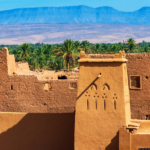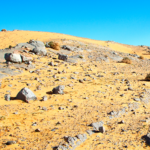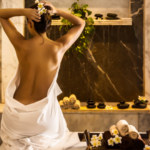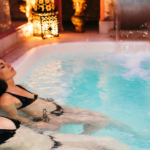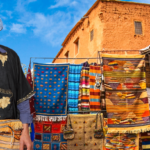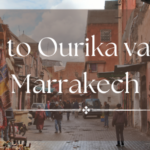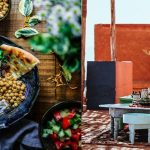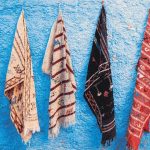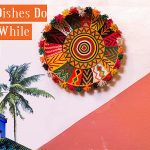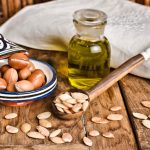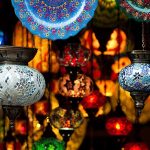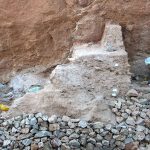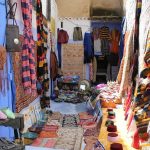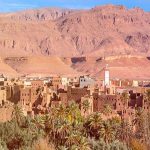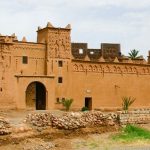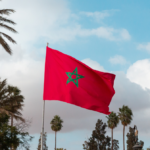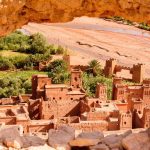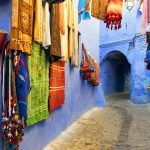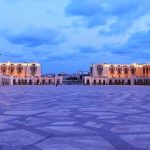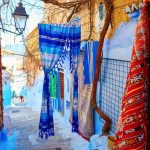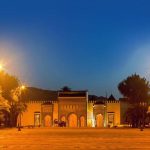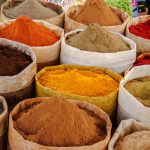Explore the rich tapestry of Moroccan rugs, from exquisite Berber creations to traditional handmade carpets, and immerse yourself in the artistry and pricing dynamics. Curious about the cost? Let’s uncover how much rugs cost in Morocco?!
In the labyrinthine alleys of Moroccan souks, amid the swirl of spices and the chatter of merchants, a treasure awaits the discerning eye: The Moroccan carpets. These elaborate creations, rooted in the past and full of culture are not just floor coverings they are doors to a world filled with traditional craftsmanship and artistry. However, how much are the traditional handmade carpets? We look not only at the prices but also at their beauty and cultural significance.
Table of Contents
Traditional handmade carpets generally range in price from 3,000 to 7,000 dirhams. However, vintage Berber rugs may command higher prices, varying from 10,000 to 26,000 dirhams depending on factors such as the region of origin and age.
The Rich Legacy of Moroccan Rugs:

Moroccan rugs are far more than mere floor coverings; They are admired worldwide for their elegant beauty and peerless workmanship. Just strolling through the city or the majestic Atlas Mountains, you can discover another story seamlessly woven into these tapestries.
In Morocco, the traditional Berber carpets have a prominent place, possessing tradition and reflecting on the ruggedness of the Atlas Mountains and deserts. Made by the indigenous Berber tribes of North Africa, mainly by professional female weavers these rugs are valuable due to their complex patterns and deep significance. These rugs, handcrafted from wool spun with hands and stained through natural dyes not only act as useful floor coverings but also serve as art pieces showing the nomadic life story and their spiritual beliefs.
In contrast, Moroccan carpets reflect a more refined aesthetic consisting of intricate motifs borrowing from Islamic design elements such as geometric patterns and floral designs with embellished borders.
Handmade Rugs: Labor of Love and Skill:
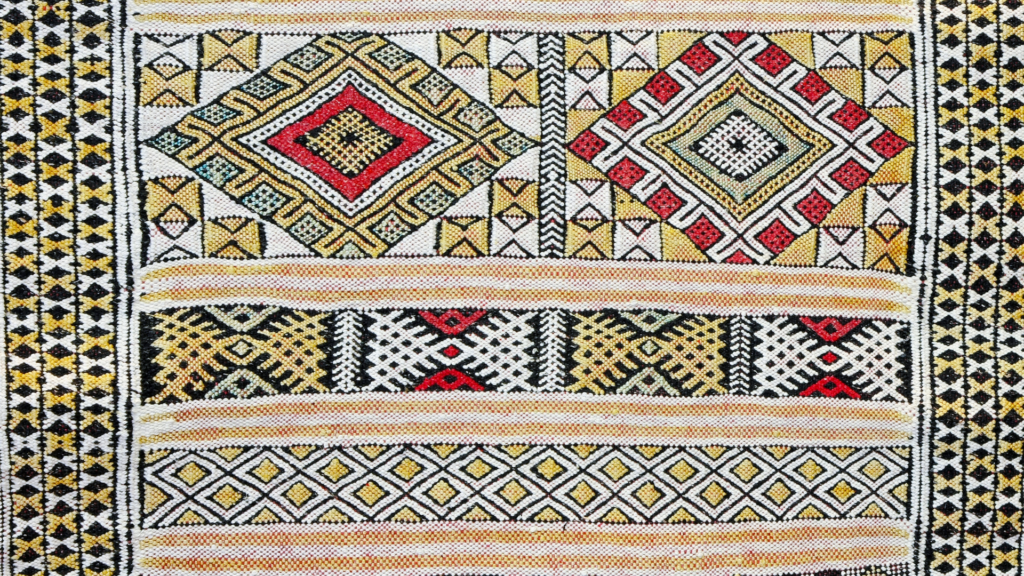
Moroccan rugs are unique because they are handmade, not spun by machines like others. Master craftsmen put their hearts into each craft, often using techniques that have been handed down for generations.
This ancient art is alive in busy medinas such as Marrakech and Essaouira. Craftsmen sit at their looms and work out the patterns with extreme accuracy. Each of the steps from the first strip to fleece up to the last fringe is an act of passion, love producing rug as not only a piece but also artwork filled with warmth, character, and history.
Vintage Moroccan Rugs: Timeless Beauty and Collectible Treasures:

Although Moroccan rugs have been continually produced since then, vintage pieces always keep some sort of peculiar charm for collectors and connoisseurs. The vintage Moroccan rugs bring a past look to them as they are weathered and outdated yet so attractive due to time-worn charm, the marks of years passing by.
Bearing stories of distant lands, culture exchange, and time passing by carrying from one family to another, or trading along the ancient caravan routes these rugs embody all that they have been through. Each tattered design and threadbare hem only enhances the mysterious aura of this rug, giving it an air of sentimentality that no man-made imitation can achieve.
Pricing and Value:
The price of Moroccan rugs may be quite different due to the size, material used for design purposes, and complexity as well it is also dependent on how old the rug might be. Although machine-made rugs are cheaper, handmade Moroccan carpets sell for more because of the craftsmanship and workmanship required to make them as well as their cultural heritage value plus artistic merit.
The authenticity of Berber carpets is valued as a result they are expensive in souks. Among antique collectors, Moroccan rugs are traditionally collected and are in high demand for their craftsmanship due to famous carpet centers such as Fez or Rabat.
Vintage Moroccan rugs are considered investment pieces, with their enduring aesthetics and characteristic patina increasing in value over time. People interested in collecting rugs usually visit antique stores to look for original pieces that are rich with history and that can add charm to their houses.
Conclusion:
Rugs occupy an important place in the traditional Moroccan quilts, serving not only as functional objects but also as expressions of tradition, craftsmanship, and art From the rolling terrain of the Atlas Mountains to the souks of Marrakech with many people on it, the heritage of Moroccan rug weaving is still there, relating to history, culture, and creativity She weaves the threads together.
Whether it’s the stunning Berber rugs, the exquisite designs of traditional Moroccan carpets, or the timeless beauty of antiques, Moroccan textiles continue to inspire fans around the world and blur the lines between past and present, tradition and innovation many times too fast-moving world of Moroccan Rugs reminds us to slow down, appreciate the exquisite craftsmanship, and show the details woven in appreciation of each thread.
Join countless satisfied travelers who have experienced Morocco with us. We customize every detail to make your Moroccan adventure uniquely yours. Explore the Magic of Morocco with us!










